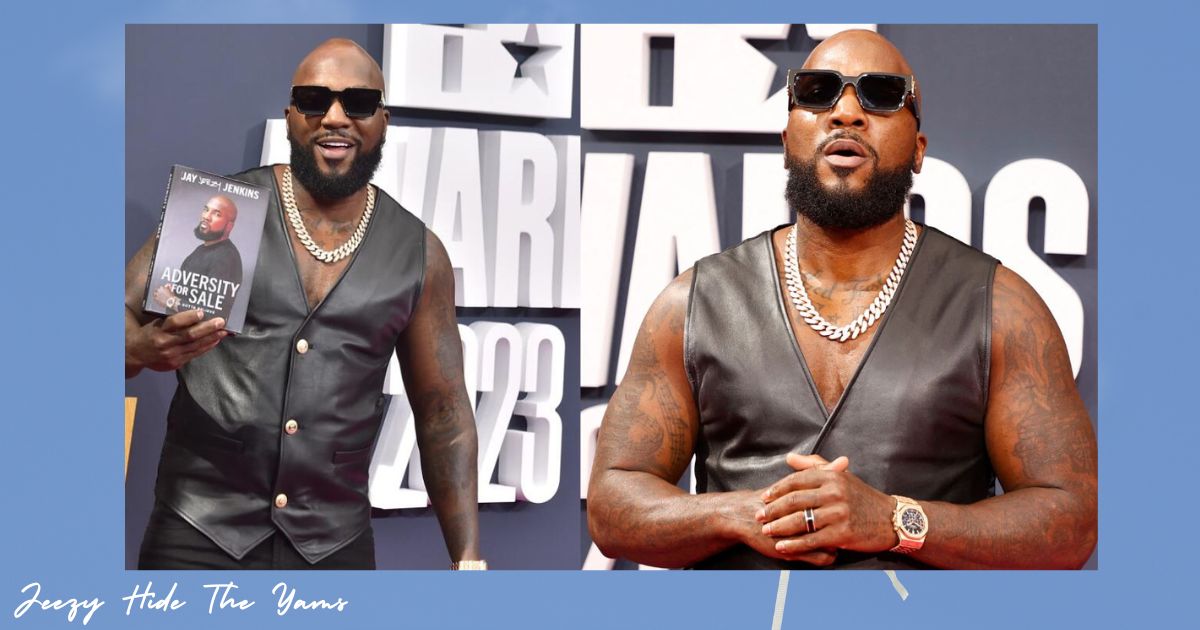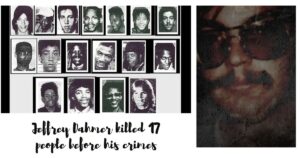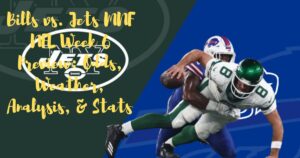In the vibrant tapestry of hip-hop culture, certain phrases leap from the verses of songs and embed themselves deeply into our collective consciousness.
One such line that’s sparked curiosity, memes, and countless social media challenges is “Where Did Jeezy Hide The Yams?” This seemingly innocuous question, plucked from Young Jeezy’s 2005 track “And Then What,” has become a cultural touchstone, resonating far beyond its Southern rap roots.
Let’s dive into the origin, meaning, and lasting impact of this intriguing phrase that’s got everyone from die-hard hip-hop heads to casual TikTok scrollers wondering about the whereabouts of Jeezy’s mysterious yams.
Origin of “Where Did Jeezy Hide The Yams?”
The phrase “Where Did Jeezy Hide The Yams?” originated from the song “And Then What,” a collaboration between Young Jeezy and Mannie Fresh. Released in 2005, this track was a standout single from Jeezy’s major-label debut album, “Let’s Get It: Thug Motivation 101.”
The album, dropped through Def Jam Recordings, marked Jeezy’s transition from underground mixtape maven to mainstream hip-hop heavyweight.
In the song, Jeezy raps:
“I’m a trapper, I’m a rapper, and a go-getter (Go getter) I just sold a half a brick in my Ralph Lauren sweater (Woo) N***a I’m the truth, yeah, you know this (You know this) Last week I took the yams down to V.A. and now the rest of the yams at my auntie house (Ay)”
This particular verse, with its mention of “yams,” immediately caught listeners’ attention. The cryptic nature of the line, coupled with Jeezy’s distinctive delivery, made it stand out and stick in people’s minds.
The Song’s Place in Jeezy’s Career
“And Then What” played a pivotal role in cementing Young Jeezy’s place in the hip-hop pantheon. Here’s why:
- Breakthrough Single: While not as commercially successful as “Soul Survivor” (featuring Akon), which peaked at #4 on the Billboard Hot 100, “And Then What” still made waves, reaching #67 on the same chart.
- Album Success: “Let’s Get It: Thug Motivation 101” debuted at #2 on the Billboard 200, selling an impressive 172,000 copies in its first week. It eventually went double platinum, certified by the RIAA.
- Defining Jeezy’s Style: The track showcased Jeezy’s unique blend of street narratives, catchy hooks, and his signature ad-libs, setting the template for his future releases.
- Trap Music Pioneer: Along with contemporaries like T.I. and Gucci Mane, Jeezy helped popularize trap music, bringing the gritty sounds and stories of Southern street life to a mainstream audience.
The success of “And Then What” and its parent album launched Jeezy from a regional star to a national sensation, influencing a generation of rappers and producers in the process.
Read This Post for more information: Free Marie And Jay Z Son
What Is The Meaning Of Yams In The Song?

In the context of Jeezy’s lyrics, “yams” serves as a potent metaphor, rich with layers of meaning that resonate within hip-hop culture and beyond. Let’s break it down:
- Slang for Valuables: In street parlance, “yams” often refers to something of high value, typically drugs or money.
- Reflection of Past Experiences: By mentioning hiding “yams” at his auntie’s house, Jeezy alludes to his pre-fame life, where he had to find creative ways to safeguard his assets.
- Trust and Family: The reference to his aunt’s house highlights the importance of family ties in protecting what’s valuable, a common theme in hip-hop narratives.
- Coded Language: Using “yams” instead of explicitly mentioning drugs or money allows Jeezy to discuss illicit activities while maintaining a level of plausible deniability.
- Cultural Significance: The use of food metaphors for illegal substances is a long-standing tradition in hip-hop, adding to the rich tapestry of the genre’s linguistic innovations.
By employing this metaphor, Jeezy demonstrates his lyrical prowess and his ability to convey complex ideas about his past and present in a single, memorable line.
How “Where Did Jeezy Hide The Yams” Became Popular On Social Media
The journey of Jeezy’s “yams” from song lyric to social media sensation is a testament to the power of hip-hop culture in the digital age. Here’s how it unfolded:
- Meme Culture: The phrase’s ambiguity and potential for humorous interpretation made it perfect meme material. Internet users began creating images and videos asking the titular question in various contexts.
- TikTok Takeover: The short-form video platform became ground zero for the phrase’s resurgence. Users created challenges where they’d lip-sync to the line or create skits around the concept of hiding “yams.”
- Hip-Hop Community Amplification: Hip-hop fans and artists alike embraced the phrase, using it in discussions, tweets, and even new songs, keeping it relevant years after its initial release.
- Viral Videos: Creative interpretations of the line spawned countless viral videos, from comedy sketches to animated shorts, each putting a unique spin on Jeezy’s yam-hiding escapades.
- Hashtag Phenomenon: #WhereDidJeezyHideTheYams became a popular hashtag across platforms, used for everything from music discussions to completely unrelated topics, showcasing its versatility as a cultural reference point.
This social media resurgence introduced Jeezy’s music to a new generation of listeners, many of whom weren’t even born when “And Then What” was first released. It’s a prime example of how hip-hop lyrics can take on a life of their own in the digital era.
Who Is Jeezy?

Jay Wayne Jenkins, better known by his stage name Jeezy (formerly Young Jeezy), is a towering figure in the world of hip-hop, particularly in the trap music subgenre. Let’s explore the man behind the yams:
Early Life and Career
- Born on September 28, 1977, in Columbia, South Carolina
- Raised in Atlanta, Georgia, which heavily influenced his music and persona
- Began his music career in 2001 as part of the group Boyz N Da Hood
Rise to Fame
- Solo Debut: Released “Thuggin’ Under the Influence (T.U.I.)” independently in 2001
- Major Label Signing: Signed with Def Jam Recordings in 2004
- Breakthrough Album: “Let’s Get It: Thug Motivation 101” in 2005
- Hit Singles: “Soul Survivor” featuring Akon, “Go Crazy,” and “Put On” featuring Kanye West
Career Highlights
| Year | Achievement |
| 2005 | “Let’s Get It: Thug Motivation 101” goes double platinum |
| 2006 | Forms the group U.S.D.A. (United Streets Dopeboyz of America) |
| 2008 | “The Recession” debuts at #1 on Billboard 200 |
| 2020 | Verzuz battle with Gucci Mane breaks viewership records |
Impact on Hip-Hop
Jeezy’s influence on hip-hop, particularly trap music, cannot be overstated. His gritty narratives, distinctive voice, and charismatic delivery helped bring Southern rap to the forefront of mainstream hip-hop. Alongside peers like T.I. and Gucci Mane, Jeezy played a crucial role in establishing Atlanta as a hip-hop powerhouse.
His lyrical content, often focusing on his past experiences in the drug trade and his rise to success, resonated with listeners and inspired a generation of rappers. Jeezy’s music provided a soundtrack to the struggles and triumphs of street life, while his success story offered hope and motivation to those facing similar circumstances.
Read This Post for more information: Alex Hall Ex Husband Neil Flores
FAQ’s
What part of GA is Jeezy from?
While born in South Carolina, Jeezy was raised in Atlanta, Georgia, which heavily influenced his music and rap persona.
When did Jeezy come out?
Jeezy began his music career in 2001, but his major breakthrough came in 2005 with the release of “Let’s Get It: Thug Motivation 101.”
What other famous catchphrases does Jeezy have?
Some of Jeezy’s other well-known phrases include “Yeahhh!” (his signature ad-lib), “Let’s get it!” and “That’s right!”
How has Jeezy’s music evolved since “And Then What”?
While maintaining his trap roots, Jeezy’s later music has incorporated more diverse production styles and addressed broader social and political issues, reflecting his growth as an artist and public figure.
Conclusion
The journey of “Where Did Jeezy Hide The Yams?” from a line in a 2005 trap anthem to a cultural phenomenon is a testament to the enduring power of hip-hop lyricism.
This phrase encapsulates Jeezy’s ability to craft memorable, multifaceted lyrics that resonate far beyond their original context. It’s a prime example of how hip-hop continues to shape popular culture, even as the means of consuming and sharing music evolve.
Jeezy’s impact on the genre, from pioneering trap music to influencing a new generation of artists, is undeniable. The persistent popularity of lines like “Where Did Jeezy Hide The Yams?” serves as a reminder of his lyrical prowess and cultural significance.
As hip-hop continues to evolve, Jeezy’s contributions – including his mysteriously hidden yams – will undoubtedly remain a crucial part of the genre’s rich tapestry.
Whether you’re a long-time Jeezy fan or someone who discovered him through a TikTok challenge, the question remains: Where did Jeezy hide the yams? The answer, it seems, is everywhere – in his music, in popular culture, and in the ever-evolving landscape of hip-hop itself.

As the admin of sportrevups.com, I am dedicated to providing detailed and accurate player bios, showcasing their achievements, stats, and career highlights to sports enthusiasts worldwide.











